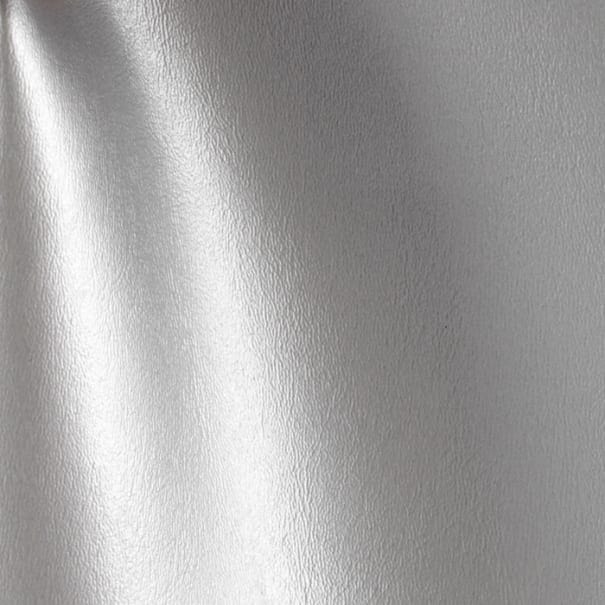Why does bathroom tile installation often devolve into a total mess with rather pitiful results? And how to tile your bathroom so that the outcome meets your expectations? Here are a couple of tricks from tiling pros to guide you through the process.

JOINTS COUNT
Fail to plan – plan to fail. Sure, you know about all that measuring required prior to tiling, but do you calculate joints? Ah, you believe they are too negligible to take into account? But there is more in this than meets the eye! A couple of millimeters here, a couple of millimeters there, when added all together these itty-bitty joints can amount to a tile or two. By ignoring them, you can end in a mismatched layout, while by controlling them, you can adjust your layout perfectly. So, the most precise way to plan is to lay down a row of ceramic tiles with spacers between them like it is illustrated here.
INVISIBLE ADJUSTMENT
Certainly, there will be some tile cutting job, and obviously, you should use cut tiles in less visible areas of your bathroom. However, too narrow tile pieces look poor anyway, and you can minimize the usage of skinny tiles in your scheme. The secret is to adjust the width of joints so that the last row of ceramic tiles can be full-size or at least half-size. When you know (from your layout preparation) that a full-size tile won’t fit the space against the wall, you can start making a little bit wider or narrower joints, so that you could cut as little as possible when you would get at the last row of tiles.

STARTING FROM THE RIGHT POINT
If you are not going to tile all the wall behind your tub from the very floor, draw a level line above your tub and start tiling from this level rather than from the very edge of the tub. You can’t be sure the tub is perfectly straight, and if it is not, you won’t be able to get even tile rows and joints. You don’t want your tiles misaligned, do you? Then you need to leave some space between the tub and the tiles, but you can fill it with caulk (as shown here) later.

LINES ARE UNRELIABLE, BOARDS ARE NEVER FAILING
How are you going to check that your tile rows are really straight? Some do-it-yourselfers believe that if they start tiling just following the wall, then they will get neat and even tile rows somehow. Wrong! Your walls can be wavy though this can be invisible to the naked eye. Using chalk lines to guide your installation is a smarter idea, but only until you start spattering mortar around. Then, the lines will be wiped out and you will be left without a cue. That’s why pros recommend using a straight board screwed to a backer board just following your chalk line. Place your tiles on the board after applying mortar on the backer board surface to get a perfectly straight row and then remove the board to go on with the next row.
OBSERVE SYMMETRY
As has been mentioned above, tile cutting is something you should avoid for both aesthetic and labor-intensive reasons, but unsymmetrical tile cutting is absolutely impermissible. A toilet bowl, sink, bathtub, bidet or shower tray – all this equipment catches the eye and you need to be sure that your tile frames the sanitaryware perfectly. Is this the case with bordering tile of different size? Definitely, it is not! So, do try and use full-size or symmetrically cut tiles on both sides of your bathroom equipment to create a nice look.

MEASURE YOUR MORTAR
Well, you know that you need to apply enough mortar for secure adhesion of your tiles. But is there any way to find out how much mortar is "enough"? Basically, you can rely on manufacturers’ instructions written on the back of your mortar pack. However, these instructions are too general and don’t make allowance for some factors like the flatness of the tile back or the evenness of the surface to tile. Having little tiling skills, it is difficult to define whether the layer of mortar is thick enough to provide the required adhesion.
The best way to understand this is to apply some mortar on the surface, then lay one or two tiles into the bed and then pry them up almost immediately. By examining the back of the tiles, you can see if the full contact with the mortar was provided. If not, you can add some mortar for a guaranteed result. Also, if you apply the "right" amount of mortar, you can see it squeezing out between your tiles when you press them against the surface. When no squeezing-out is observed, something is wrong.

CLEAN GROUT JOINTS
This tip stems from the previous one – you will have mortar between your tiles, exactly where grout should be placed. And when the mortar hardens, it is rather tricky to fill the joints with grout accurately. So, don’t wait until it hardens! Take a toothbrush and work with it through the joints to get them clean and ready for the next step. Yet, don’t start your cleaning immediately after laying each row. Allow the mortar to set – otherwise, you can disturb the tiles and gum up the works.


























